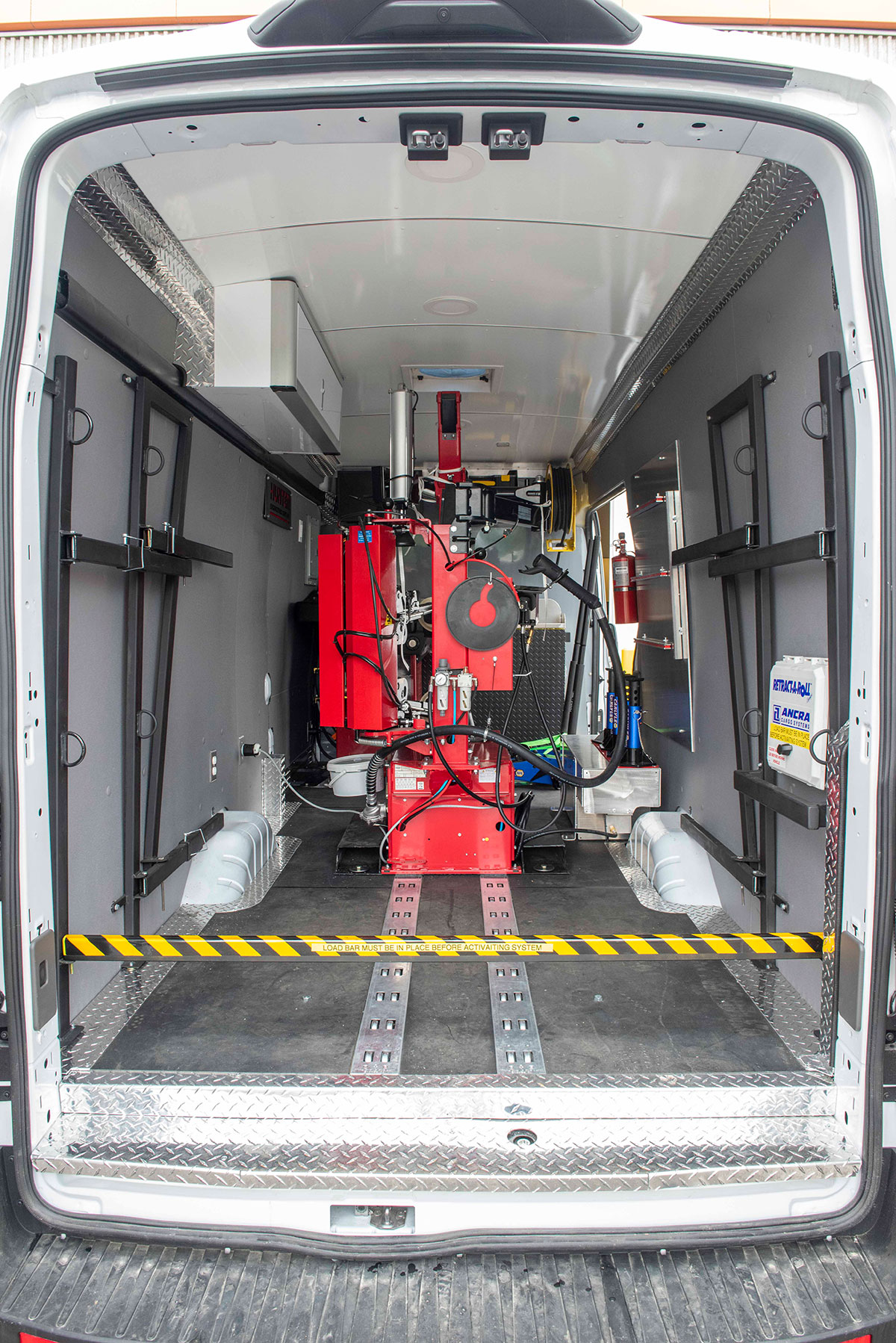Quick Reaction Mobile Tire Change Service in Las Vegas
Quick Reaction Mobile Tire Change Service in Las Vegas
Blog Article
Tire Solution: Proven Techniques for Optimal Tire Upkeep and Care
From guaranteeing proper tire stress to normal turning and alignment, there are tested approaches that can substantially expand the life expectancy of your tires and improve total driving experience. Let's delve into the globe of tire service and uncover the secrets to maintaining your tires in top-notch form for the lengthy haul - Flat Tire Repair Las Vegas.
Importance of Tire Pressure
Correct tire pressure is an essential consider making sure optimum lorry performance and security when driving. Maintaining the recommended tire stress levels offered by the producer offers various advantages. Appropriate tire pressure advertises better fuel performance, as under-inflated tires can lead to enhanced rolling resistance, triggering the engine to work harder and take in more fuel. Second of all, right tire pressure guarantees even step wear, boosting tire durability and saving money in the future by postponing the need for early replacements. Additionally, correctly inflated tires add to enhanced handling and stopping capabilities, crucial for safe driving in various road problems. Over-inflated tires, on the other hand, can cause minimized traction and a harsher trip. On the other hand, under-inflated tires are vulnerable to getting too hot, which can cause crashes and blowouts. Regularly readjusting and checking tire pressure, specifically in the past lengthy trips, is a basic yet reliable means to improve vehicle performance, prolong tire life-span, and prioritize security when traveling.
Tire Rotation Guidelines
When thinking about tire rotation guidelines, it is necessary to comprehend the relevance of this maintenance task in taking full advantage of tire lifespan and maintaining ideal automobile efficiency. Tire rotation involves changing the position of each tire on a vehicle to make certain even tread wear. Front tires often tend to wear more swiftly than back tires because of steering forces, making normal turning vital for well balanced wear patterns. The recommended turning pattern differs relying on whether a car is front-wheel, rear-wheel, all-wheel, or 4x4. Usually, tires should be rotated every 5,000 to 7,500 miles, or as recommended in the car handbook. Disregarding tire rotation can bring about uneven wear, influencing handling, grip, and potentially compromising vehicle safety. By adhering to proper turning guidelines, chauffeurs can extend the life of their tires, enhance gas efficiency, and enhance total driving experience. Routine turning is an easy yet effective maintenance technique that contributes dramatically to tire longevity and lorry efficiency.

Advantages of Wheel Placement
Making certain correct wheel positioning after tire rotation is crucial for maintaining well balanced wear patterns and taking full advantage of automobile performance. Furthermore, appropriate wheel placement helps to extend the life expectancy of your tires. Misaligned wheels can create unequal tire wear, leading to early tire substitute and raised maintenance expenses.

Tire Footstep Deepness Examine
Executing a over here regular inspection of tire tread depth is important for keeping secure driving problems and prolonging the life expectancy of your tires. Irregular tread wear can suggest problems with tire suspension, positioning, or pressure, highlighting the importance of regular tread depth checks. By incorporating tire tread depth checks right into your routine upkeep routine, you can drive with confidence knowing that your tires are in top problem.
Seasonal Tire Assessment
Seasonal tire evaluation is a fundamental facet of tire maintenance that makes sure tires are ready to deal with the challenges presented by various weather problems. In prep work for winter months, it is necessary to check the tire stress routinely as cool temperature levels can trigger tire pressure to drop. By carrying out routine seasonal tire examinations, drivers can prolong tire life expectancy, boost fuel efficiency, and most importantly, make certain a safe driving experience in varying climate problems.
Conclusion
In verdict, keeping proper tire pressure, revolving tires routinely, lining up wheels appropriately, keeping an eye on step deepness, and conducting seasonal evaluations over at this website are crucial methods for optimum tire care. By adhering to these verified methods, chauffeurs can ensure their tires last much longer, carry out much better, and add to total vehicle security. It is vital to prioritize tire maintenance to avoid accidents, improve fuel performance, and prolong the lifespan of tires.
Adequate tire pressure advertises better gas effectiveness, as under-inflated tires can lead to boosted rolling resistance, triggering the engine to work harder and take in more fuel.When taking into consideration tire turning guidelines, it is crucial to comprehend the importance of this upkeep task in making the most of tire lifespan and keeping optimal car performance. Seasonal tire evaluation is a fundamental facet of tire upkeep that makes certain tires are prepared to deal with the obstacles presented right here by different weather problems. By performing regular seasonal tire inspections, drivers can extend tire life-span, enhance gas efficiency, and most notably, ensure a protected driving experience in varying weather condition problems.
In conclusion, preserving appropriate tire stress, turning tires routinely, straightening wheels appropriately, monitoring tread deepness, and carrying out seasonal evaluations are necessary methods for optimal tire treatment.
Report this page